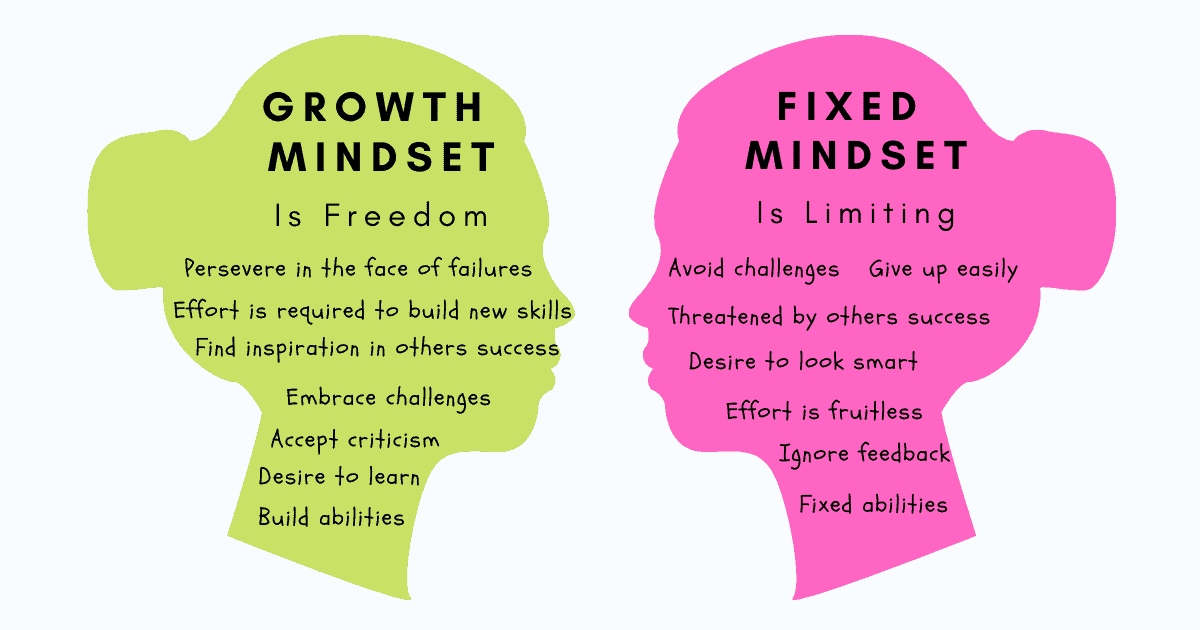The Evolution of Business Architecture Mindset
February 2, 2024 in Enterprise Architecture, business architecture3 minutes
Explore the transformative mindset of Business Architecture with our in-depth guide. Learn how to drive value, become a trusted advisor, and foster cross-functional collaboration for strategic execution. Embrace change, co-create with stakeholders, and build successful frameworks for the future of your organization.
The Evolution of Business Architecture Mindset
As the field of Business Architecture (BA) experiences rapid growth globally, it’s an opportune moment for BAs to embrace change. Business Architecture isn’t about how the architecture of a business should be defined, its principles, or the relentless pursuit of integration points. It’s about how we, as practitioners, show up holistically as part of a Business Architecture team. The success of Business Architecture lies not only in what we do but also in how we do it.

Why is Transformation Critical?
- New Concept: Business Architecture is fairly new to many and can seem abstract.
- Changing World: Organizations are shifting towards agile methodologies, rethinking structures, digital is the future, and excellent design is the stake.
- Engagement: Our methods should encourage participation and collaborative invitation to win over communities and influence others.
- Involvement: Engaging others helps in achieving our objectives - forming a common vision and reaching consensus.
What Makes a Business Architecture Team Successful?
Here are several key characteristics that reflect the mindset and actions of a successful business architect:
Value-Driven Approach
- Customer and Business Focused: Driven by business value, outcomes, and results for their clients and the business.
- Means to an End: Architecture frameworks, models, deliverables, governance, and other practices are just means to an end, not the end itself.
Consider changing your approach if you:
- Define success by deliverables, not outcomes.
- Spend more time building your Business Architecture knowledge base than using it.
- Govern the way business value is enhanced.
Business Mindset
- Business Conversations within Architecture: Always framing architectural discussions within a broader business context.
- Trusted Advisors: Known as problem solvers and, over time, become trusted advisors within the enterprise.
Consider changing your approach if you:
- Let technical solutions dominate conversations and problem-solving activities, without refocusing on the business context.
- Are primarily focused on technical and solution use cases.
- Struggle to understand, empathize, and communicate with business professionals.
Business Architecture Advocacy
- Enterprise Champions: They took on this role because they care and believe it’s the right thing to do.
- Strategic Execution and Cooperation: Tirelessly seek to create more effective end-to-end strategic execution and foster cross-business unit collaboration.
Consider changing your approach if you:
- Are not constantly talking and thinking about Business Architecture.
- Haven’t defined enterprise-level capability maps, value streams, and information maps.
- Focus mainly on scenarios involving a single business unit or limited cross-business unit collaboration.
Bridge Builders

- Cross-Functional Ecosystems: Understand that transforming strategy into action and running an organization successfully requires a cross-functional team ecosystem.
Consider changing your approach if you:
- Are not actively building partnerships with every relevant team.
- Are fighting alone.
Visualizers and Storytellers
- Masters of Simplification: Excel at simplifying, visualizing, explaining complex concepts, and revealing new connections through visual techniques.
Consider changing your approach if you:
- Don’t leverage graphics and other communication mediums to effectively convey key information.
Interactive Co-Creators
- Practice and Advocate Interaction: They facilitate and co-create outcomes with enterprise stakeholders and partners.
Consider changing your approach if you:
- Conduct meetings that are passive rather than interactive, tangible, and visually facilitated.
- Work primarily alone and present to stakeholders rather than co-creating with them.
Iterative and Adaptive
- Adequate Baselines: Build architectures that are good enough and timely validate stakeholder concerns, rapidly iterating and adapting their methods and outputs.
Consider changing your approach if you:
- Take too long in any Business Architecture engagement focused on steps and creating deliverables.
- Use a “deliver perfect products at once” approach instead of “multiple timely deliveries of just enough product” based on business value.
Embracing Change
So, how do we address change? It’s an opportunity to reflect on your own practices, make proactive changes, discuss these ideas with your Business Architecture team, and devise a set of principles/actions that describe how to act and influence others. Use these principles/actions to guide and hold new team members accountable and accelerate team transformation.